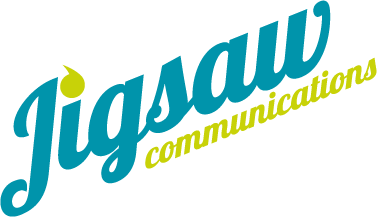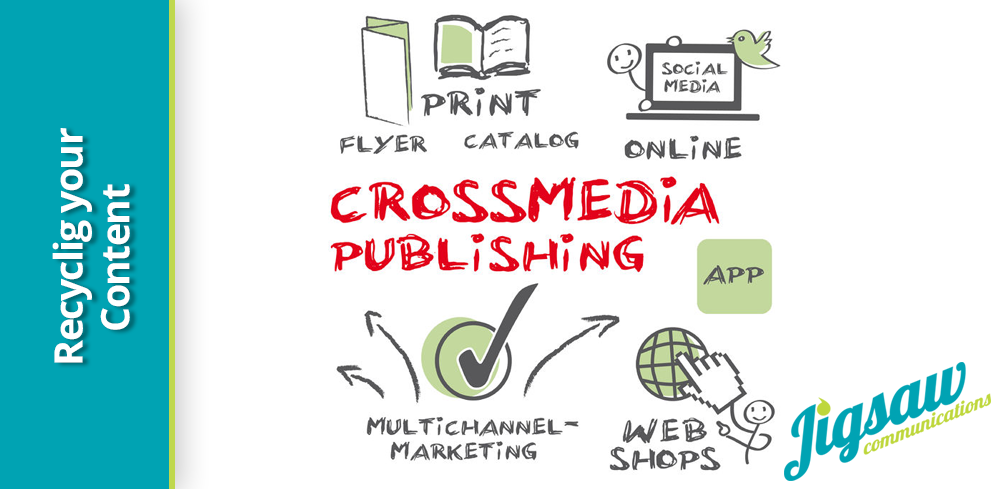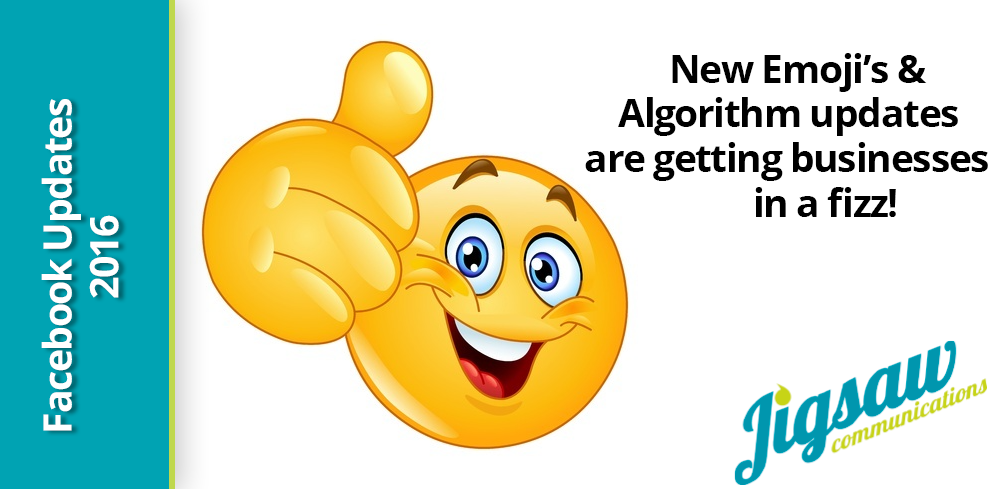
Content Flow Model
Building a successful marketing campaign is great fun and it can take your customers through a structured journey that ultimately leads to a sale of some kind. The flip side is that creating your content calendar takes a lot more than merely deciding what you’d like to talk about each month and putting pen to paper (or rather fingers to keyboard).
A successful marketing campaign needs to specifically target multiple audiences in order to broaden your customer base and ultimately build your profile. Creating a comprehensive Content Flow Model will enable you to tap into different audiences and markets by creating relatable content that they’ll find interesting.
You have multiple audiences
A great way to think of this is similar to how you would go about marketing a pair of headphones; runners will be interested to know how well they stay on your head whilst moving about, musicians will be interested to find out how well the speaker performs, and teenagers will be interested to find out if they’re waterproof, easy to pack into a backpack or if they’re endorsed by a celebrity. This is obviously highly stereotypical and a runner may also be interested in the performance of the speaker (for instance), but for the most part, each specific audience group will have certain criteria they are interested in.
Now, you could attempt to create each piece of marketing content into a ‘one size fits all’ where you endeavour to cram in as much information as possible in order to reach out to each audience group, but you’ll likely find that this will end up alienating your target market and very few people will actually relate to your content. Instead, the key is to segregate your audiences and target them individually.
Effectively target each audience
This is where the Content Flow Model comes into play. Once you’ve narrowed down your key target audiences and researched what they’re interested in, how they prefer to digest marketing content and their typical online habits, you’ll be able to map out how to effectively target each audience. From here, you can follow where each audience is within the ‘customer lifecycle’ in order to provide them with the next step in their journey to bring them one step closer to a sale.
Utilising a Content Flow Model also allows you to monitor the use of different media (blogs, articles, newsletters, infographics, etc.) at a glance so that you’re not relying heavily on one type of media, but instead making the most of each media’s individual merits and strengths.
Keep connected
A further (and very important) benefit of creating a Content Flow Model is keeping existing customers up-to-date and interested in your latest innovations. Whilst gaining new customers is imperative for growing your business, creating a loyal following and enjoying repeat custom can go a long way to boosting public perception of your business and growing its standing within your chosen market.
For more information on how a Content Flow Model could help your business thrive and break into new markets or attract new key demographics, click here to enquire how we can help or give us a call on 01480 459087 and talk to a member of our friendly team.


















